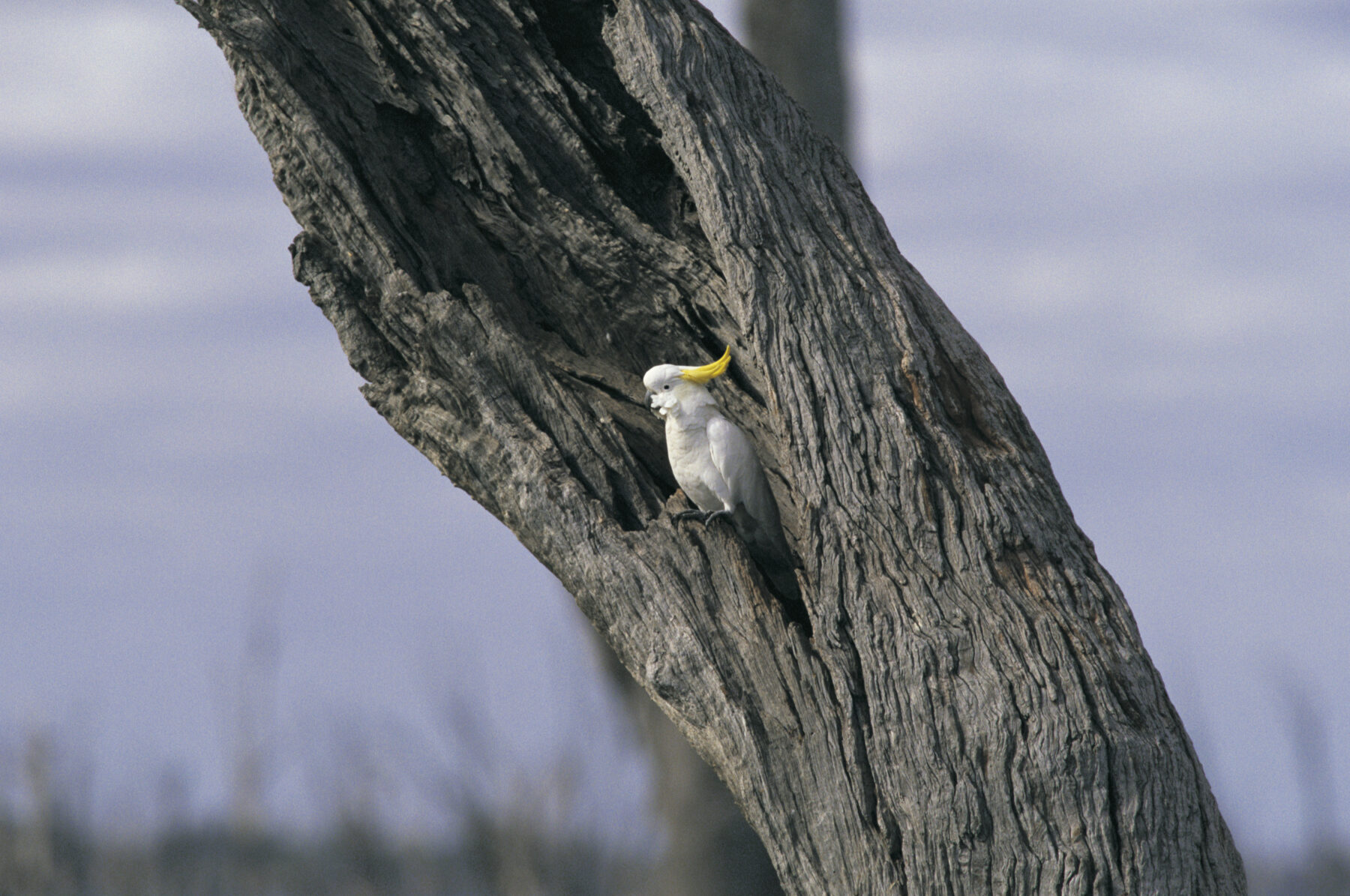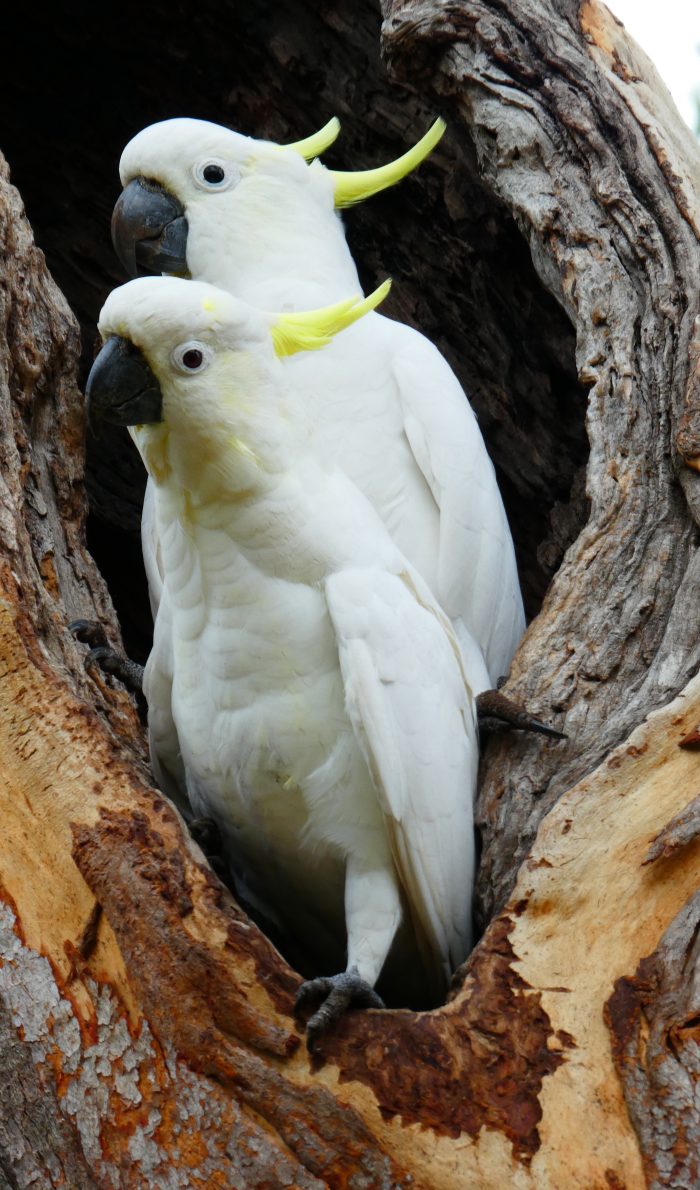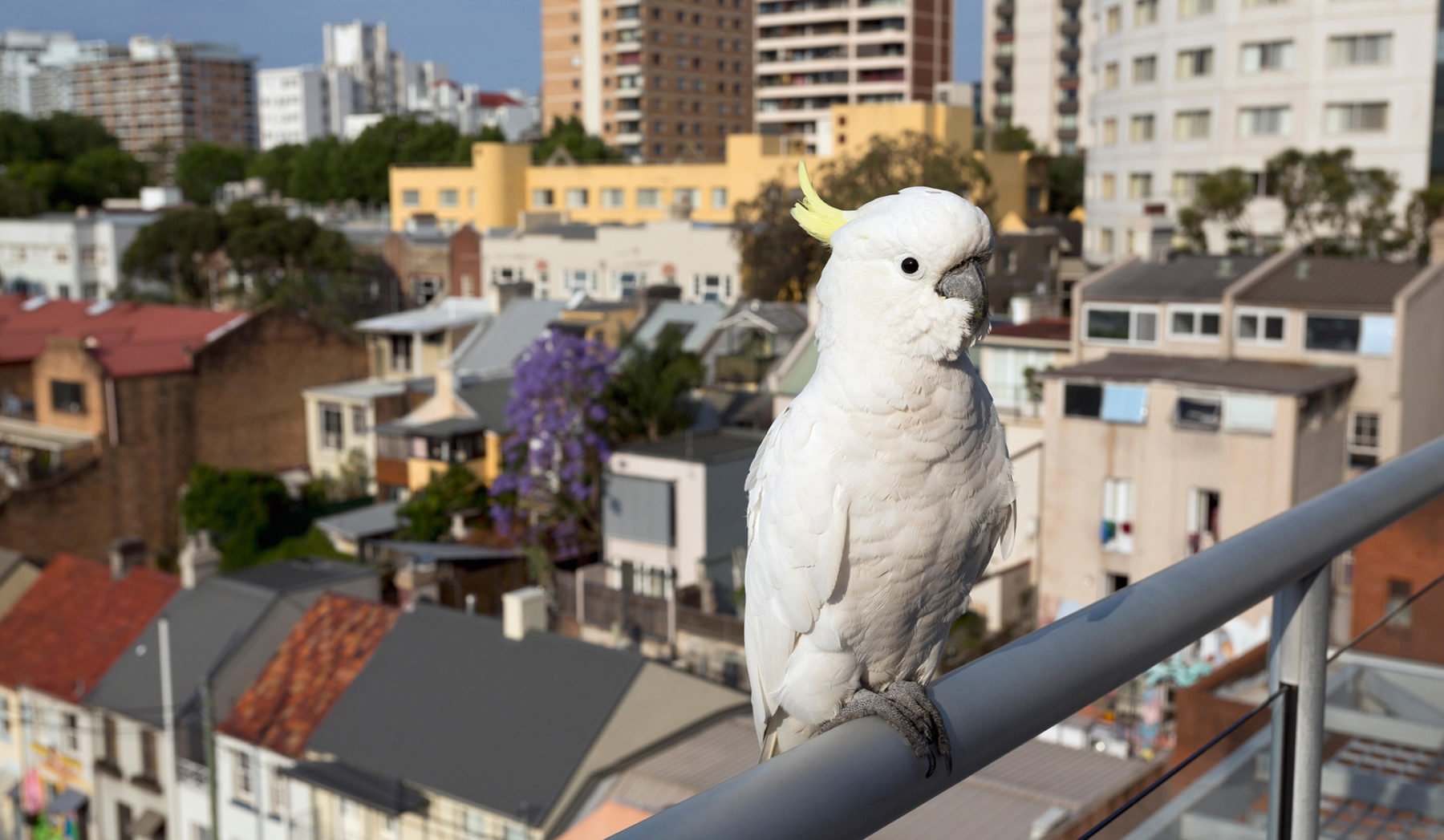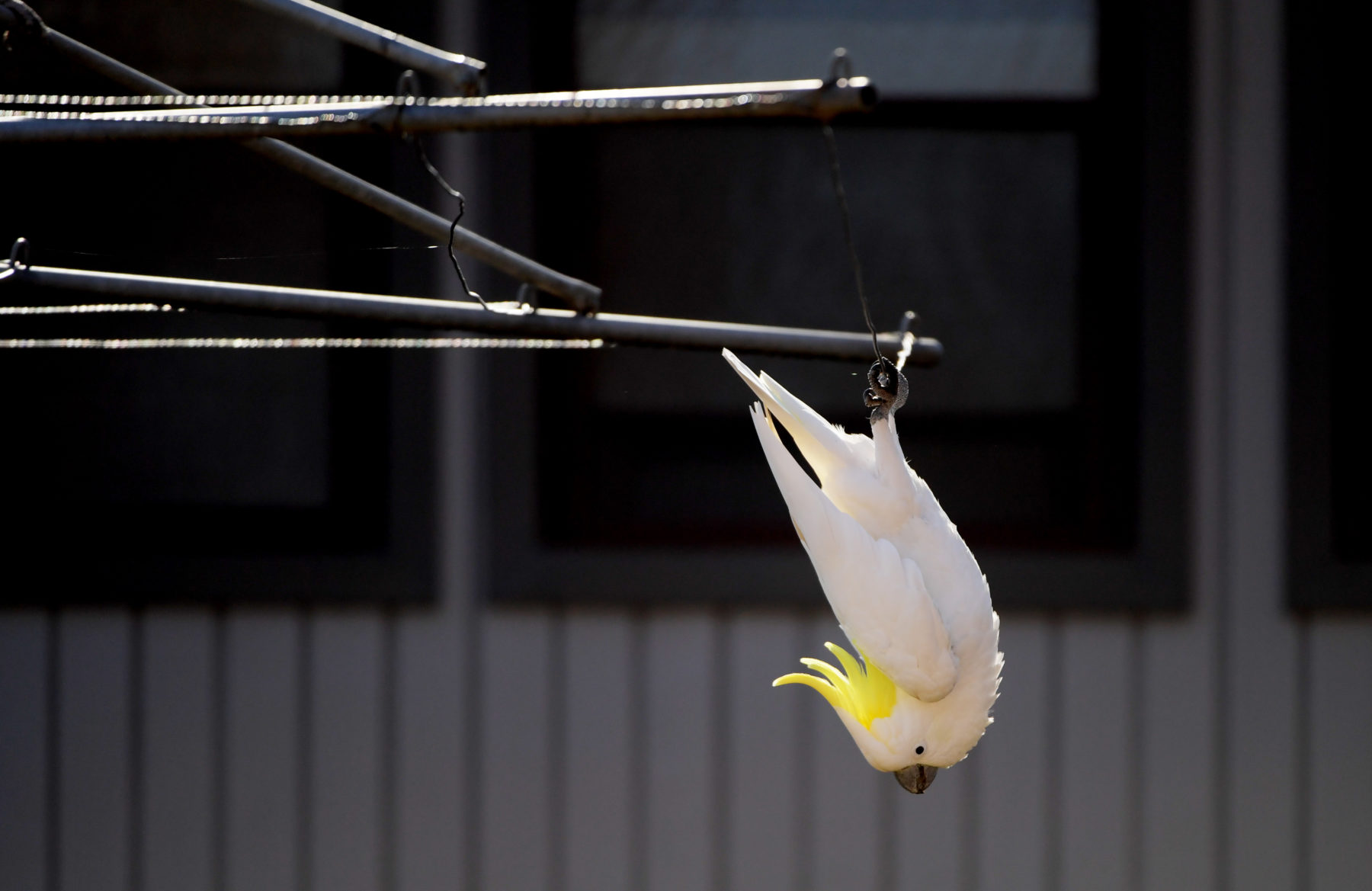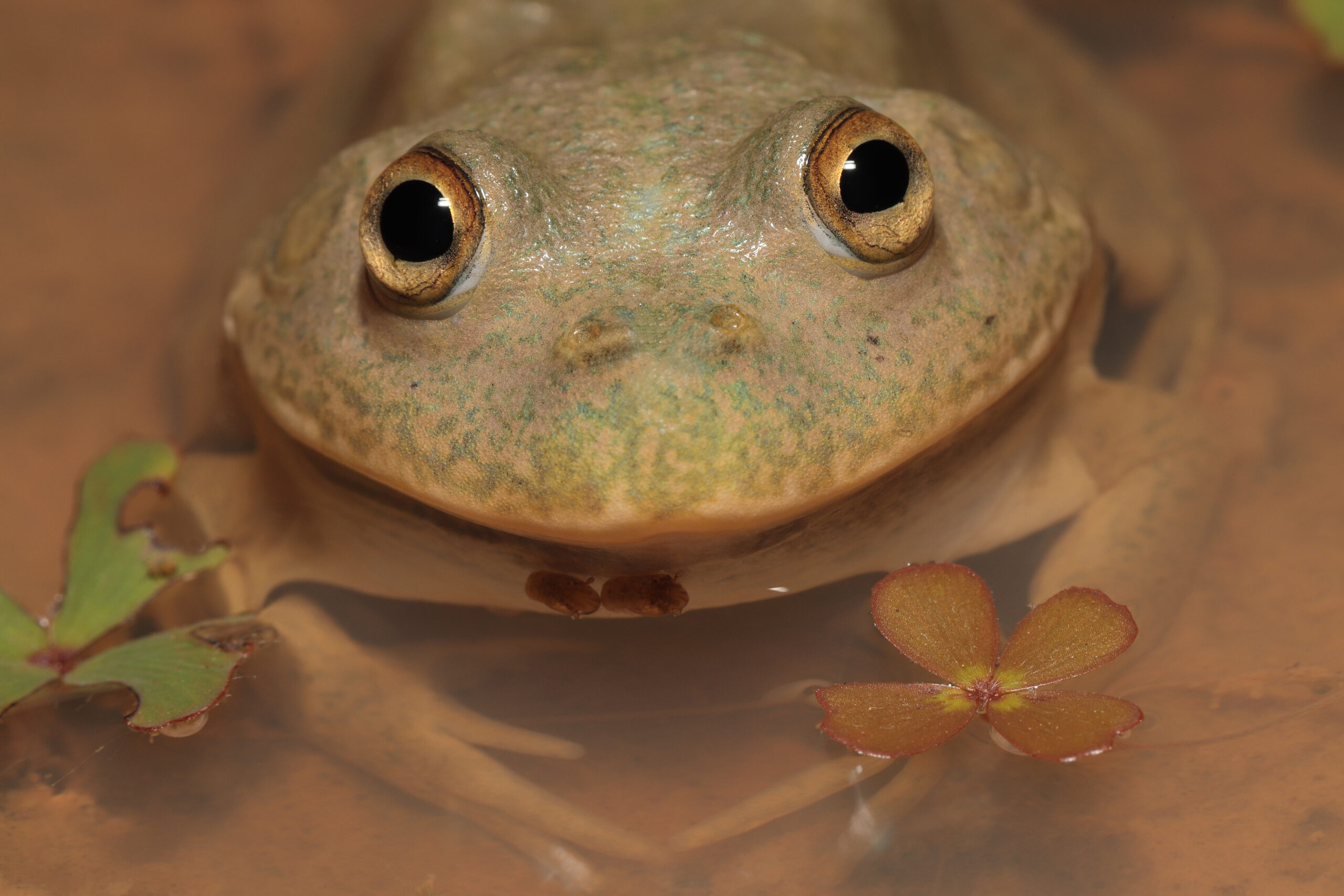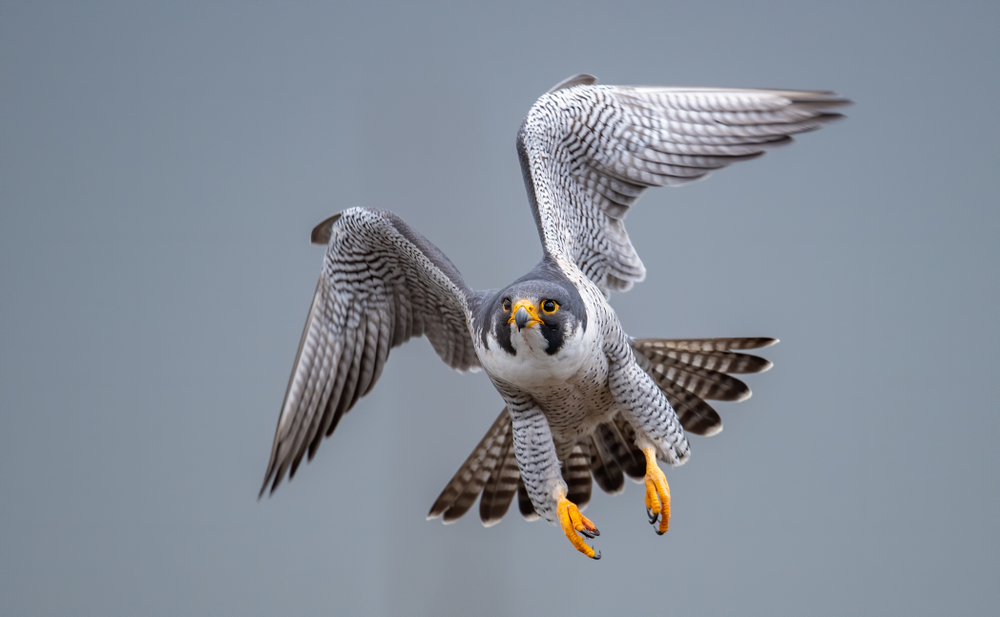| Common name | Sulphur-crested cockatoo |
| Scientific name | Cacatua galerita |
| Type | Bird |
| Diet | Berries, seeds, nuts, and fruit |
| Average lifespan | Around 40 years but can live up to 100 years |
| Size | Between 45cm and 50cm in length with a wingspan of up to 103cm |
Quirky and clever, the sulphur-crested cockatoo is one of Australia’s most likable birds with a personality that’s often larger than life.
A popular pet choice right across the world, this cockatoo can be taught to ‘talk’ and is known to live to a ripe old age, with some birds making it to their 100th birthday whilst in captivity!
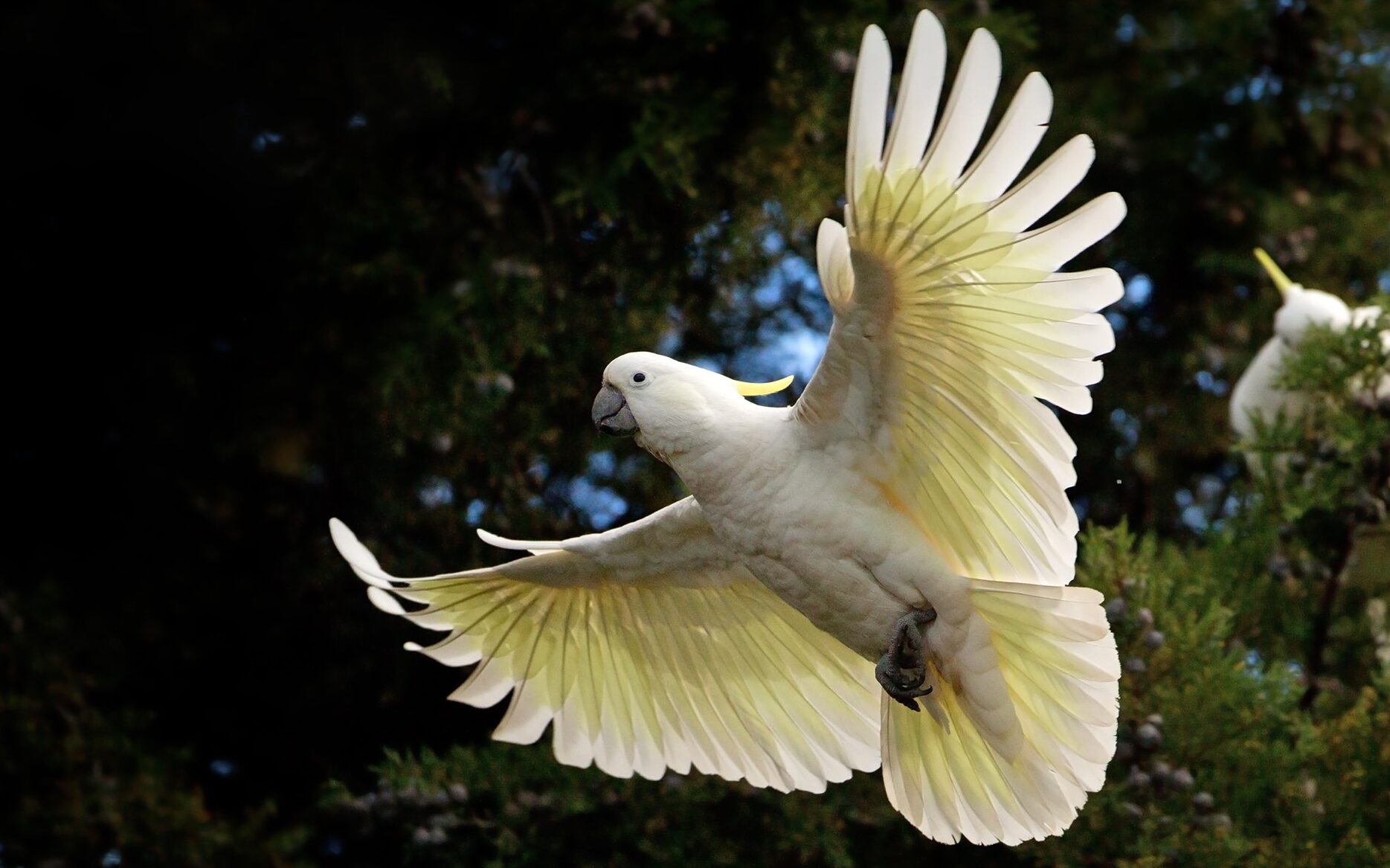
An unmistakable white plumage and distinctive sulphur-yellow crest has transformed this cockatoo into a national icon, and the image of this recognisable species is regularly used on everything from clothing to bedlinen, artworks to stationary. With a dark-grey black bill, the sulphur-crested cockatoo also has soft, pale-yellow feathers on the underside of its wings, which are revealed during flight.
Sulphur-crested cockatoos can be found throughout the northern, eastern, and south-eastern mainland of Australia, as well as Tasmania. There is a small number of the birds that have taken up residency around Perth, Western Australia, and this species also inhabits Papua New Guinea and the Aru Islands. The sulphur-crested cockatoo has been introduced to Indonesia and New Zealand.
Making its home within a large variety of tree-filled habitats, the sulphur-crested cockatoo is adaptable and versatile. A non-migratory bird, this cockatoo stays within the same home-range year-round. Sulphur-crested cockatoos live easily side by side with human settlement and can be found living within cities, as well as urban and farming areas.
When it comes to food, the sulphur-crested cockatoo is a communal eater, preferring to dine in small to large groups in the morning or late afternoon. Berries, grass seeds, nuts, plants, and insects make up the menu, but this curious species has also become accustomed to enjoying the odd hand-out from humans.
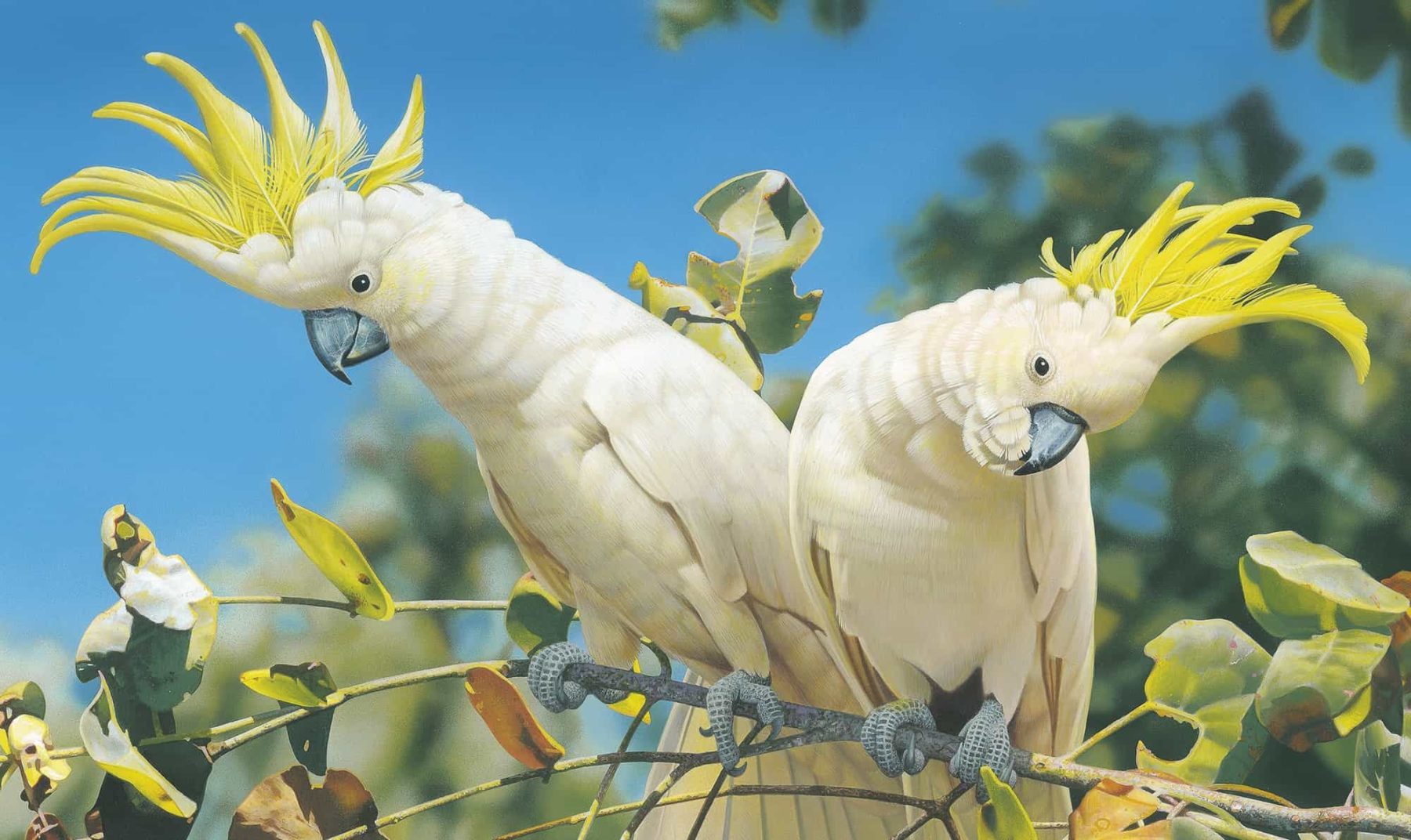
These cockatoos have a clever natural alarm system that allows them to feed on the ground in peace, with at least one bird positioning itself within a nearby tree to keep watch over the others. If the lookout bird senses a predator close by or that danger is immanent, it will let out an almighty screech, alerting the feeding birds to take flight.
The sulphur-crested cockatoo is considered a pest in some suburban settings, thanks to the damage it causes to maintain its beak. The bird will regularly bite off smaller leaves and branches from trees, leaving behind a trail of destruction. But the method behind the mess comes from the fact that the parrot’s beak continuously grows, and the chewing of branches and leaves helps to keep it trimmed and tidy.
Hollows within old or dead trees provide the perfect space for the sulphur-crested cockatoo to nest. Both the female and male bird will prepare the nest. The female cockatoo will lay between one and four eggs and again, both parents help to incubate and care for the hatched chicks. Juvenile cockatoos are covered in pale yellow down and stay close to their parents as they grow, with family groups staying together indefinitely.
The sound of the sulphur-crested cockatoo is distinct and loud, with its screech ending with a slight upwards inflection. Most vocal as they roost in the early morning and late afternoon, cockatoo flocks have their own resting site where they usually sleep and return to for life.

